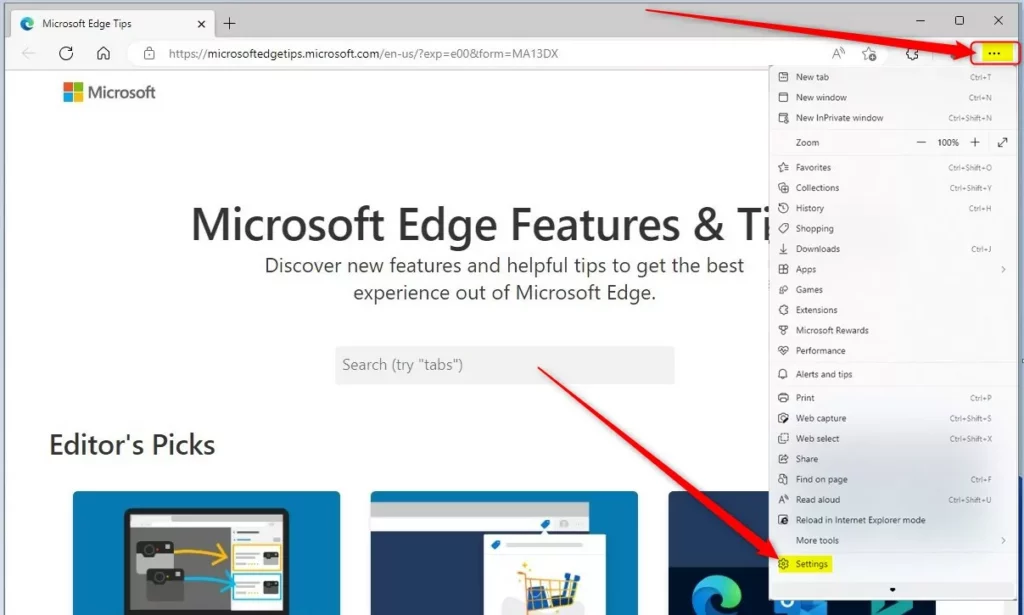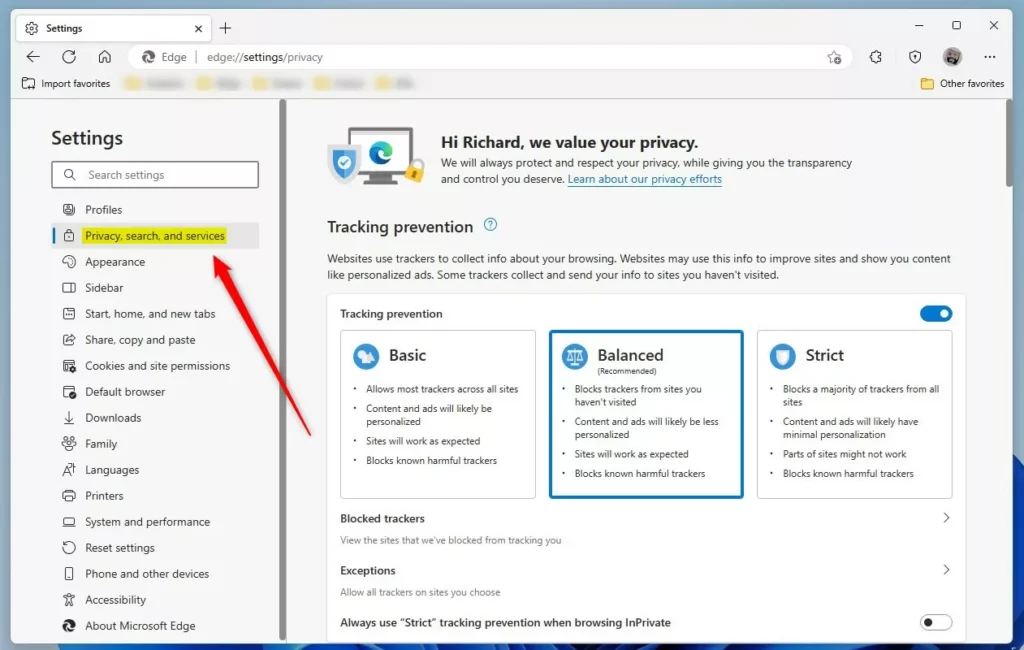This article explains how to enable or disable the “Potentially Unwanted App (PUA) Protection feature in Microsoft Edge.
Microsoft Edge is the default browser in Windows 11. However, users can switch to their preferred or favorite browser anytime. Edge is based on Chromium, similar to Google Chrome and other Chromium-based browsers today.
Potentially Unwanted Application (PUA) Protection is a feature in Microsoft Edge that helps protect your device from potentially unwanted applications (PUAs). These malicious apps can cause undesirable behavior on your device.
The PUA Protection feature blocks these applications from being downloaded or installed on your device, keeping it safe and secure.
PUA protection is enabled by default. However, some users may disable it if they need to install or use a particular application that may be flagged as potentially unwanted.
Enable or disable Potentially Unwanted App (PUA) on Edge
As mentioned above, users can enable or disable PUA in Microsoft Edge. The steps below show you how to do it.
First, open the Microsoft Edge browser.
Then click on Setting and more (Alt+F) 3 horizontal dots button on the top right corner and select Settings.

On the Settings page on the left panel, click the Privacy, search, and services button to open it.

On the Privacy, search, and services settings page, under the “Security” section, select the “Block potentially unwanted apps” tile. Then, toggle the switch button to the On or Off position to enable or disable it.

Close the Settings page when you are done.
Enable or disable PUA using Windows Registry editor
Another way to enable or disable the PUA feature in Edge is to use the Windows Registry Editor.
First, open Windows Registry editor as administrator.
Then, navigate to the registry key below.
Computer\HKEY_LOCAL_MACHINE\SOFTWARE\Policies\Microsoft\Edge
Next, double-click the SmartScreenPuaEnabled (REG_DWORD) name on the Edge key’s right pane to open it.
Then, type 1 to forcibly enable blocking PUA in Edge for all users. Type 0 to disable blocking PUA in Edge for all users.
If you do not see the “SmartScreenPuaEnabled” item, right-click a blank area and create a new DWORD (32-bit) registry item.
Then, type the name “SmartScreenPuaEnabled” and enter 1 or 0 to enable or disable blocking PUA in Edge.

To restore the default behavior and continue blocking PUA, delete the “SmartScreenPuaEnabled” item created.
You may have to reboot your computer to apply the changes.
That should do it!
Conclusion:
- Enabling or disabling PUA protection in Microsoft Edge can be done through the browser settings or Windows Registry Editor.
- The PUA Protection feature helps safeguard your device from potentially unwanted applications, ensuring a secure browsing experience.
- Users can decide whether to enable or disable PUA protection based on their specific application needs.
- These steps can help users efficiently manage PUA protection in Microsoft Edge to suit their preferences and requirements.

Leave a Reply Cancel reply